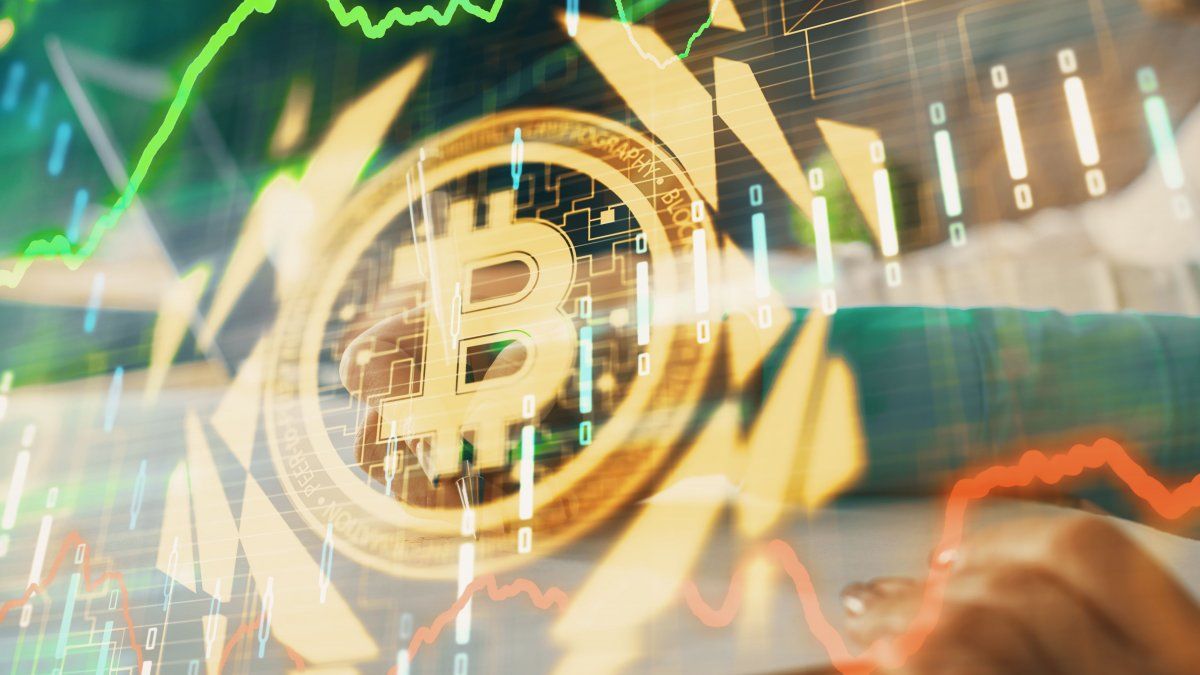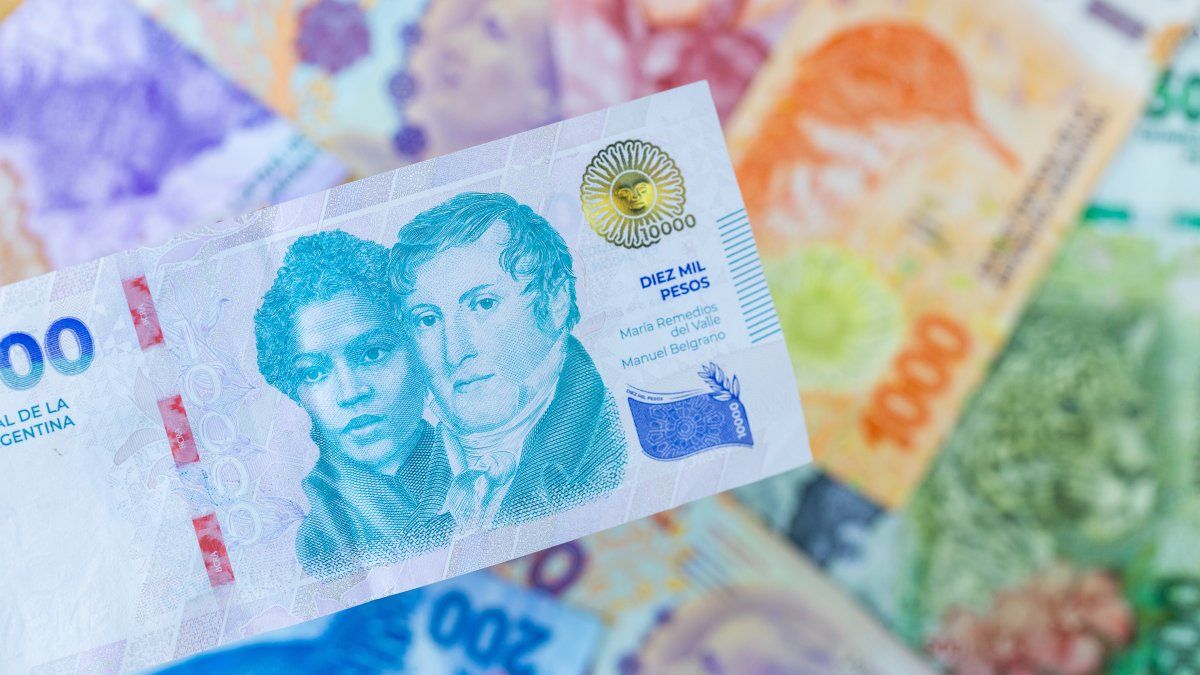The Bitcoin halving put the digital currency in a better position than gold when it comes to inflation.
Bitcoin vs gold: what momentous change happened after the halving and what changed the dynamics.
Depositphotos
The halving of Bitcoinproduced last Friday, placed the digital currency in a better position than gold when it comes to its inflation. Precisely, after this event, the annual inflation rate dropped to 0.8% per year.
The content you want to access is exclusive to subscribers.
This is shown by data shared by the market research company 21st Capital. On the other hand, Gold’s annual inflation rate has remained stable at around 1.4% over the past decade.


In turn, this study showed that the issuance of gold historically increased with the price. Its annual production went from 1,300 tons to more than 3,600 tons in 60 years.
Gold vs Bitcoin: how the halving impacts
The increasing production of gold is opposite to Bitcoin which, historically, experienced a price increase while its emission is automatically reduced after each halving.
It should also be noted that such an event will not happen for life, but until mine 21 million units of the currency, something planned for the year 1140.
The new position of the digital currency after the recent halving occurs while eGold is trading at record prices in its history around US$2,300.
Instead, Bitcoin is 10% below the all-time high it registered a month ago, which was $73,700.
Source: Ambito
I am a 24-year-old writer and journalist who has been working in the news industry for the past two years. I write primarily about market news, so if you’re looking for insights into what’s going on in the stock market or economic indicators, you’ve come to the right place. I also dabble in writing articles on lifestyle trends and pop culture news.




